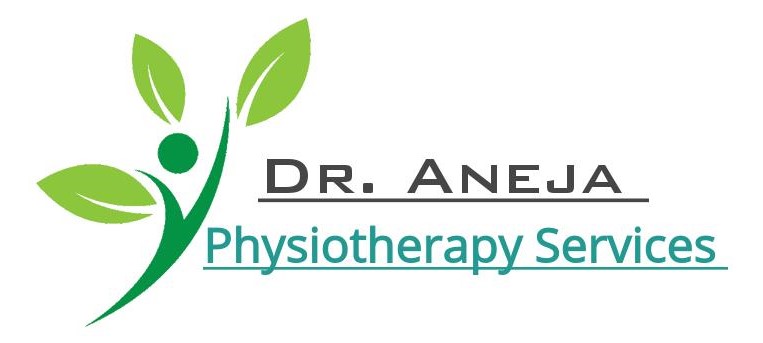Knee Resurfacing and Total Knee Replacement (TKR) Physiotherapy

Understanding 'Knee' Replacement
Knee replacement surgery is a life-changing procedure that offers relief to individuals suffering from chronic knee pain and impaired mobility. While the surgical aspect is crucial, the journey to full recovery doesn’t end in the operating room. A comprehensive and tailored physiotherapy program plays a pivotal role in restoring strength, flexibility, and function to the knee joint. In this blog, we’ll explore the significance of knee replacement physiotherapy, the stages of rehabilitation, and the key exercises that pave the way for a successful recovery
Knee Replacement Physiotherapy
Physiotherapy following knee replacement surgery is not a one-size-fits-all approach. Each patient’s rehabilitation journey is unique, influenced by factors such as age, overall health, and the specific type of knee replacement performed. The primary goals of physiotherapy post knee replacement include reducing pain and inflammation, restoring joint mobility, improving muscle strength, and enhancing overall function.
Duis aute irure dolor in reprehenderit in voluptate velit esse cillum dolore eu fugiat nulla pariatur. Excepteur sint occaecat cupidatat non proident, sunt in culpa qui officia deserunt mollit anim id est laborum
Stages of Knee Replacement Rehabilitation:

1.Immediate Postoperative Phase (Days 1-7):
The initial days after knee replacement surgery are crucial for pain management and preventing complications. Physiotherapists focus on gentle range of motion exercises, isometric contractions, and bed exercises to maintain circulation and prevent blood clots. Simple tasks like ankle pumps and heel slides help initiate movement without placing excessive stress on the newly replaced knee
2.Early Recovery Phase (Weeks 2-6)
As patients progress from the immediate postoperative phase, physiotherapy becomes more intensive. Weight-bearing exercises, assisted walking, and stationary cycling are introduced to enhance strength and flexibility. Therapists work closely with patients to improve gait and balance, ensuring a smooth transition from mobility aids like crutches or walkers.
3.Intermediate Phase (Weeks 6-12):
During this phase, the focus shifts towards regaining muscle strength and achieving a fuller range of motion. Patients engage in a variety of exercises, including leg presses, step-ups, and leg curls. Aquatic therapy may also be introduced to provide a low-impact environment that supports movement without excessive strain on the joint.
4.Advanced Rehabilitation (Months 3-6):
With the foundation of strength and mobility established, advanced exercises such as lunges, squats, and resistance training are incorporated. The goal is to further enhance muscle tone and joint stability, preparing patients for a return to more functional activities like stairs and uneven terrain.

Key Physiotherapy Exercises for Knee Replacement Patients:
1.Quadriceps Sets
2.Straight Leg Raises
3.Heel Slides
4.Leg Press
5.Stationary Cycling
6.Step-Ups
7.Lunges
8.Balance Exercises
Quadriceps Sets: Isometric contractions of the quadriceps help in strengthening the muscles around the knee without putting excessive strain on the joint.
Straight Leg Raises: This exercise targets the quadriceps and helps improve knee extension strength. It’s particularly beneficial for enhancing mobility.
Heel Slides: Heel slides aid in improving knee flexion by gently sliding the heel towards the buttocks. This exercise is crucial for restoring the bending capacity of the knee joint.
Leg Press: Leg presses are effective for building strength in the quadriceps, hamstrings, and calf muscles. This exercise is typically introduced during the intermediate phase of rehabilitation.
Stationary Cycling: Cycling in a controlled environment is an excellent way to improve joint mobility and enhance cardiovascular fitness without putting undue stress on the knee.
Step-Ups: Step-ups help in improving strength and stability. They simulate the motion of climbing stairs, preparing patients for real-world activities.
Lunges: Lunges are advanced exercises that challenge the muscles around the knee joint. They contribute to improved balance and functional capacity.
Balance Exercises: Various balance exercises, such as standing on one leg, help enhance proprioception and stability, reducing the risk of falls
We believe in affordable specialty Physiotherapy for all.
Contact us Today
